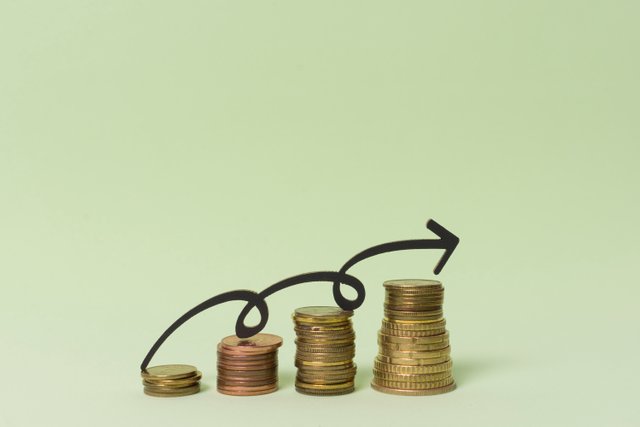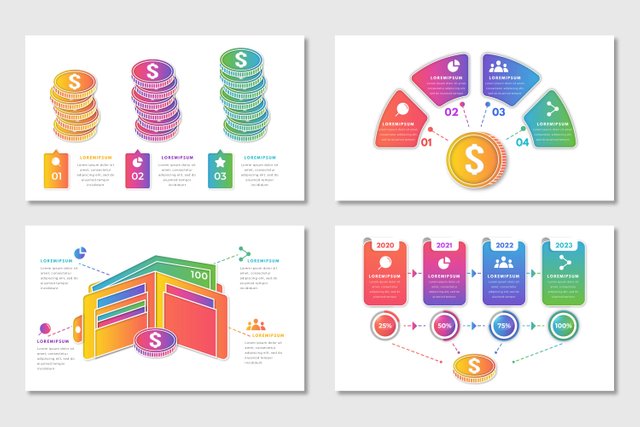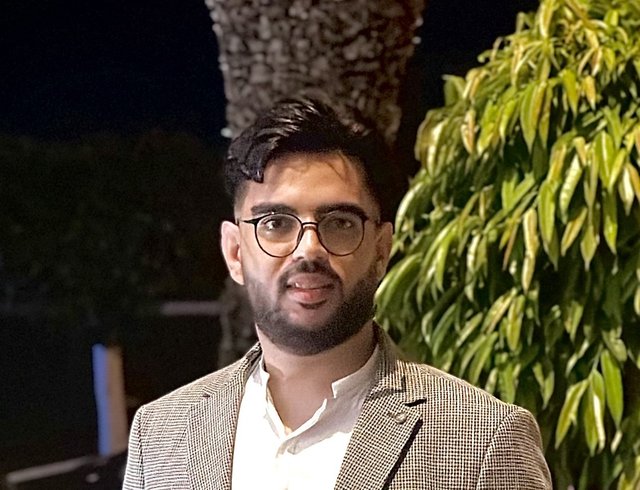Money Insights from Rich Dad Poor Dad
I’ve just completed reading Rich Dad Poor Dad for the third time, and I absolutely love it. Each time I read it, I learn something new and feel more confident about handling money. The book presents two contrasting perspectives on finances: a “Rich Dad” (the author’s mentor) and a “Poor Dad” (his biological father). These two principles of money management taught me lessons that I’ve never encountered in school. Today, I’d like to share some of the most transformational insights I’ve gained from the book!

Image Source: Taken by samsung S21 5G
Rich Dad Poor Dad by Robert Kiyosaki has become one of the most influential financial perspectives, transforming the way many people, including myself, think about money. It shatters long-held myths about finances and instills a proactive, hunger-driven approach to wealth-building. Growing up with my hardworking mother, who raised four children while managing the household alone, the themes of this book speak to me personally.
💡 Lesson 1: Understanding Assets vs. Liabilities

Image Source: freepik
My main learning point from this text is that one must be well informed about the distinction between assets and liabilities. Kiyosaki breaks this down for us in the following manner:
- Assets: These are the kinds of things that place money into your pocket, such as buildings, shares and other money-making ventures.
- Liabilities: These are the kinds of things that extract money from your pocket, like flashy vehicles and houses which contribute no income.
This simple but deep piece of information changed how I approach and make financial decisions as I aim and prioritize acquiring more assets as opposed to liabilities.
🎓 Lesson 2: The Importance of Financial Education

Image Source: freepik
Kiyosaki emphasizes that schools often fail to teach us about money. Instead of just working for money, we need to learn how money works for us. This idea of financial education was eye-opening for me. It highlighted the importance of understanding how to invest, save, and, most importantly, manage finances.
💸 Lesson 3: Work to Learn, Do Not Work for Money
In the book, the ‘Rich Dad’ stresses on the fact that the way of one working for a wage or a salary should be no more but rather looking for ways in which to earn passive income. The thought is that the freedom of finance comes in establishing systems whereby money works for one instead of one working for the money. This change of perspective has dissuaded me from the old ways of wealth accumulation and encouraged me to look for investments.
💼 Lesson 4: The Power of Entrepreneurship
Another important aspect of Rich Dad Poor Dad is taking the initiative and going after entrepreneurship. Kiyosaki wants the readers to look at the business from the business owner’s point of view and not the employee’s. Instead of just depending on salary, why not create something that will bring money in even if one is not working? This sentiment made me think of taking up business ventures that will allow me to do what I enjoy doing.
📊 Lesson 5: Mastering the Cash Flow Quadrant
The Cash Flow Quadrant is introduced by Kiyosaki, who tends to explain different ways in which people earn money. The four quadrants include:
- Employee (E): You work for someone else.
- Self-Employed (S): You work for yourself.
- Business Owner (B): Others work for you.
- Investor (I): Your money works for you.
Therefore, to attain complete financial independence or freedom, one has to move from the left-hand side, which consists of E and S, to the right-hand side, which consists of B and I. I came to understand that wealth can be created in many ways, and this encourages me to go to the B and I quadrants.
🧠 Lesson 6: Building a Comprehensive Financial Perspective

Image Source: Taken by samsung S21 5G
In the book Rich Dad Poor Dad, Kiyosaki believes that attitude is more important. You need to let go of those limiting views about money if you want to be financially free. For instance, the negative attitude some people find towards the saying that "money is the root of all evil." On the contrary, the book advocates that money is simply an instrument and that the mastery of it is an emancipation of some sort and not evil. This change in perspective has enabled me to have a better view of money.
💭 Conclusion: How It Changed My Approach to Money
Rich Dad Poor Dad completely transformed my perception of money and finances. It’s not enough to just work harder; it’s about working smarter with what you have. The lessons on assets and liabilities, together with the importance of financial literacy, have motivated me to take charge of my financial destiny.
I want to invite @marito74, @mona01and @mbetobongluke join the contest.
My introduction post on Steemit: link
About the Author
👋 Hi, I’m Kafio!
Software Engineer | Data Science Enthusiast | Trading Buff | Development Geek | Computer Science Lover 💻📊📈
I’m passionate about exploring the intersection of technology and innovation, with a special interest in data science, trading, and software development. Whether it’s diving into the latest in computer science or developing new projects, I’m always excited to learn and share insights. 🚀
I also love to travel
Got questions or just want to connect? Feel free to reach out to me at: [email protected] 🌟

the post is shared on Twitter: Twitter Link.
Downvoting a post can decrease pending rewards and make it less visible. Common reasons:
Submit
Hi friend 😄 great choice ,I love that you share your experiences in reading a book that has helped many to achieve financial goals. I wish you much success in everything you undertake,best regards 🤗
Downvoting a post can decrease pending rewards and make it less visible. Common reasons:
Submit